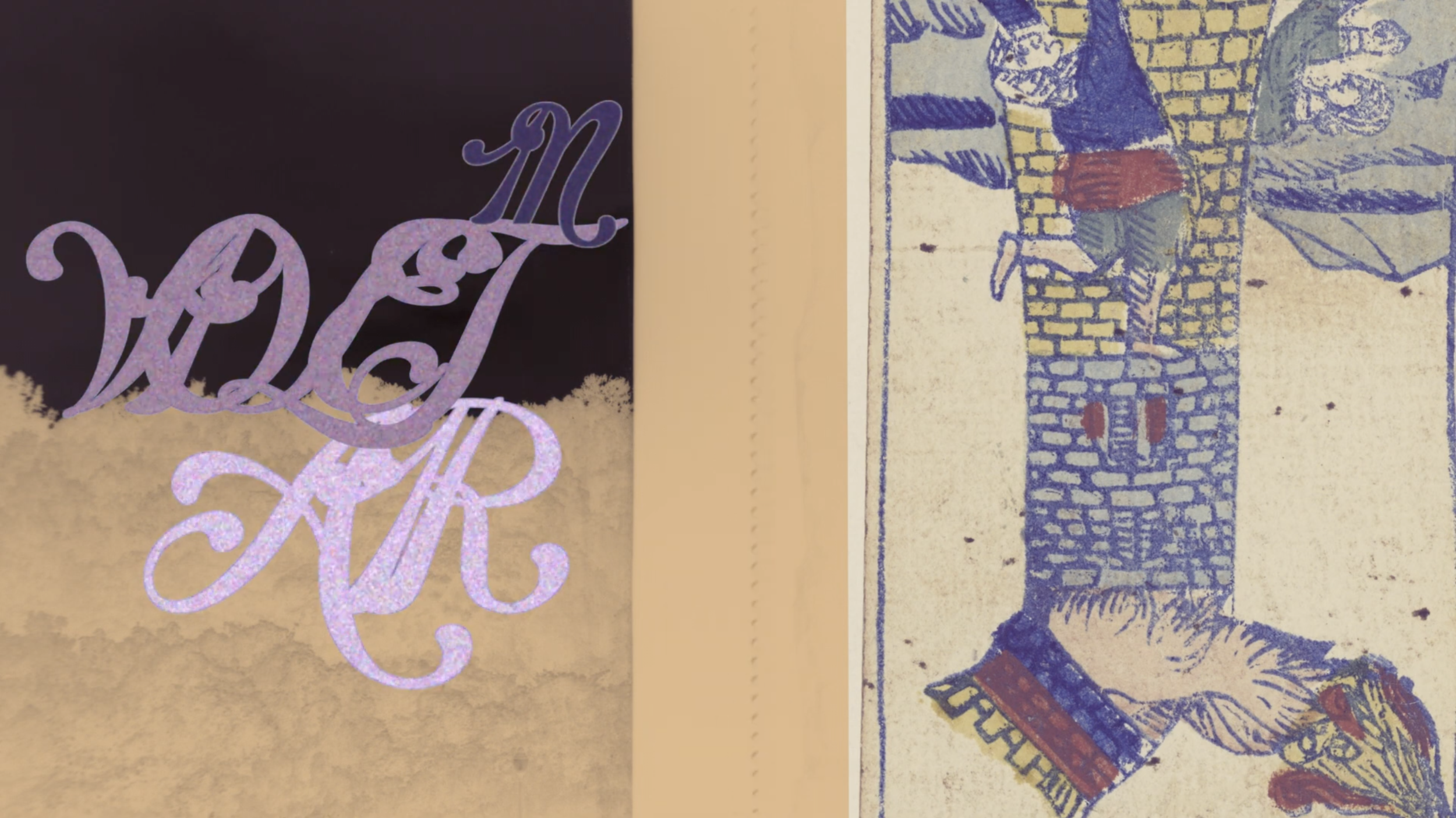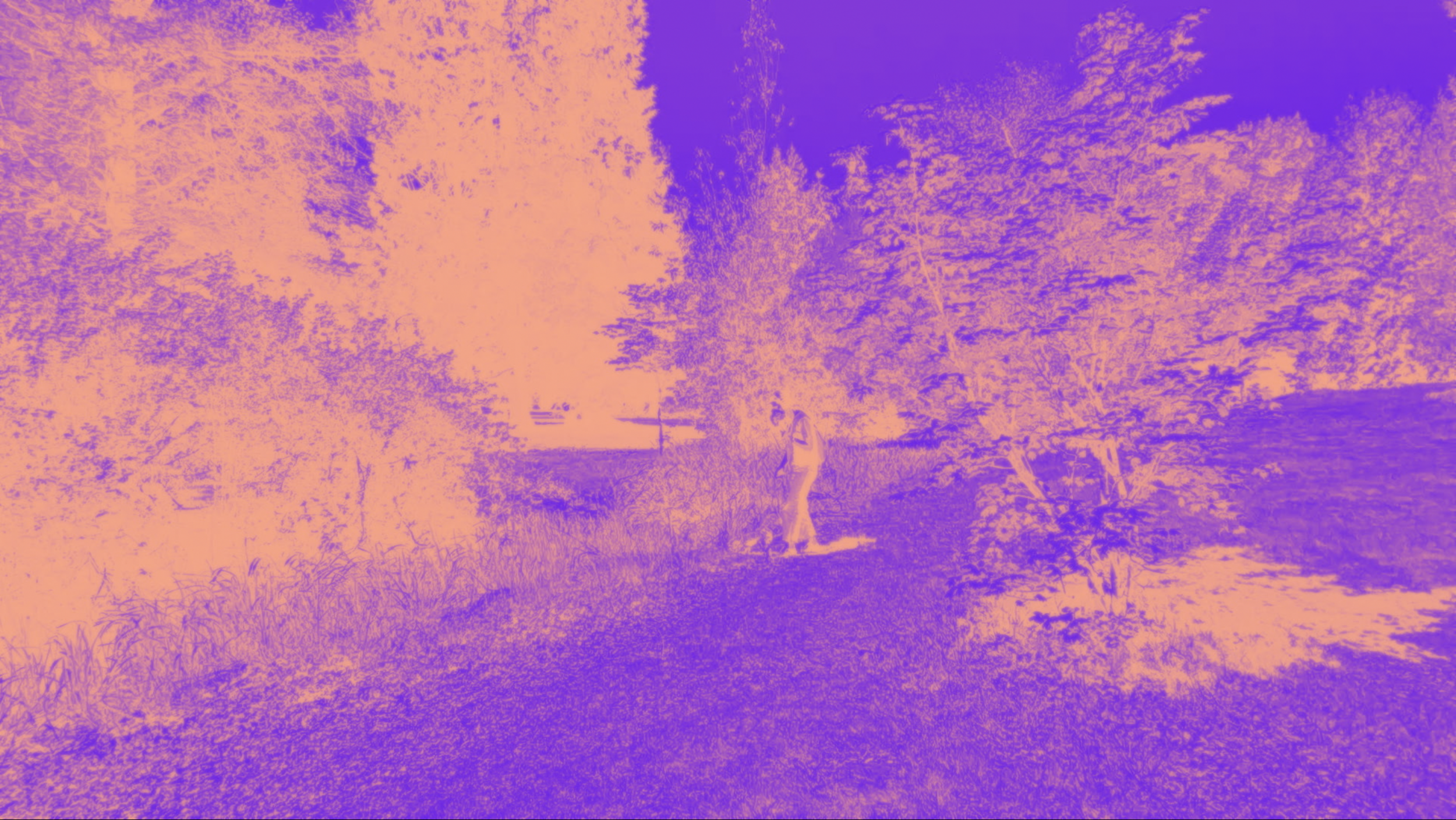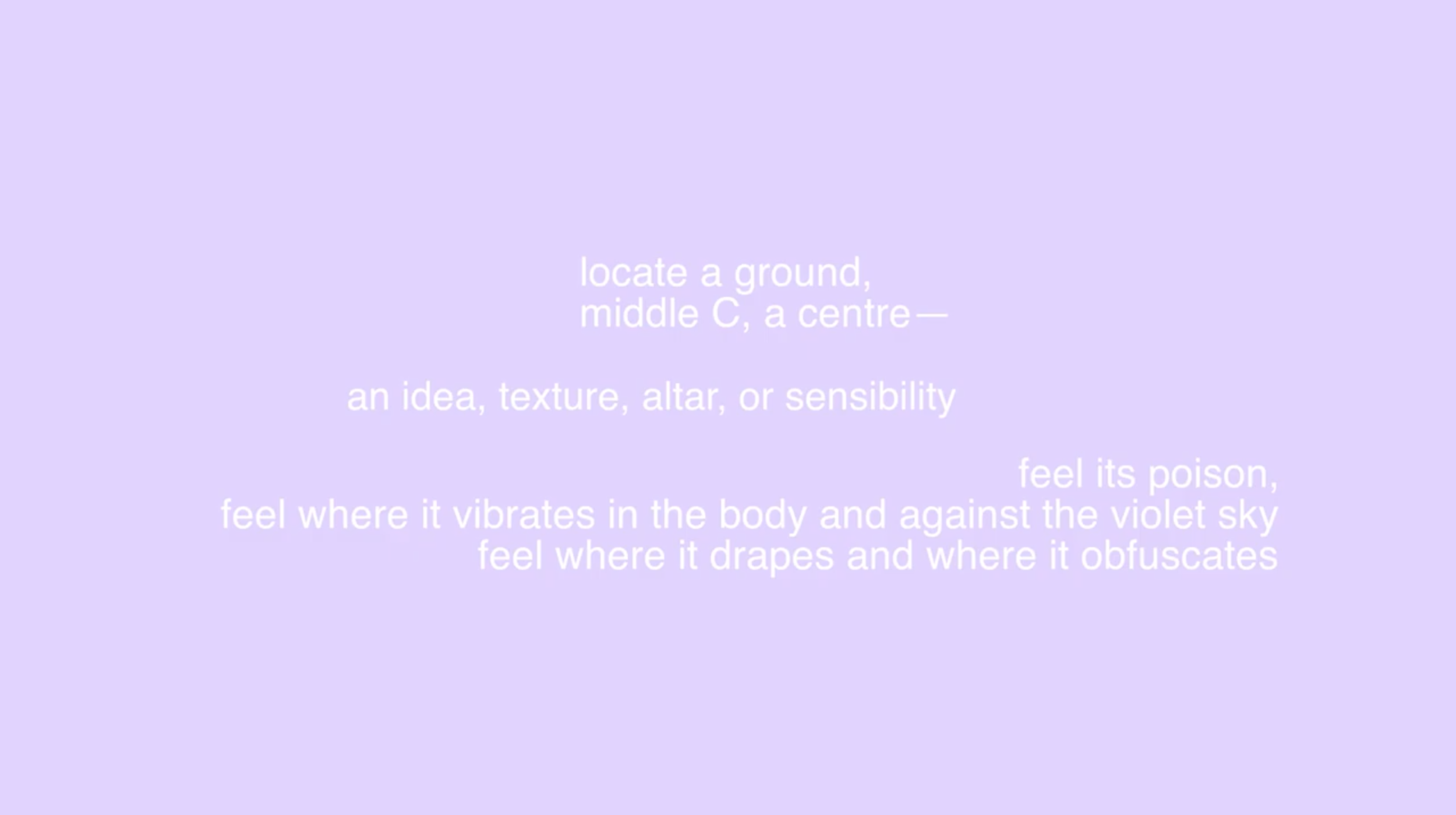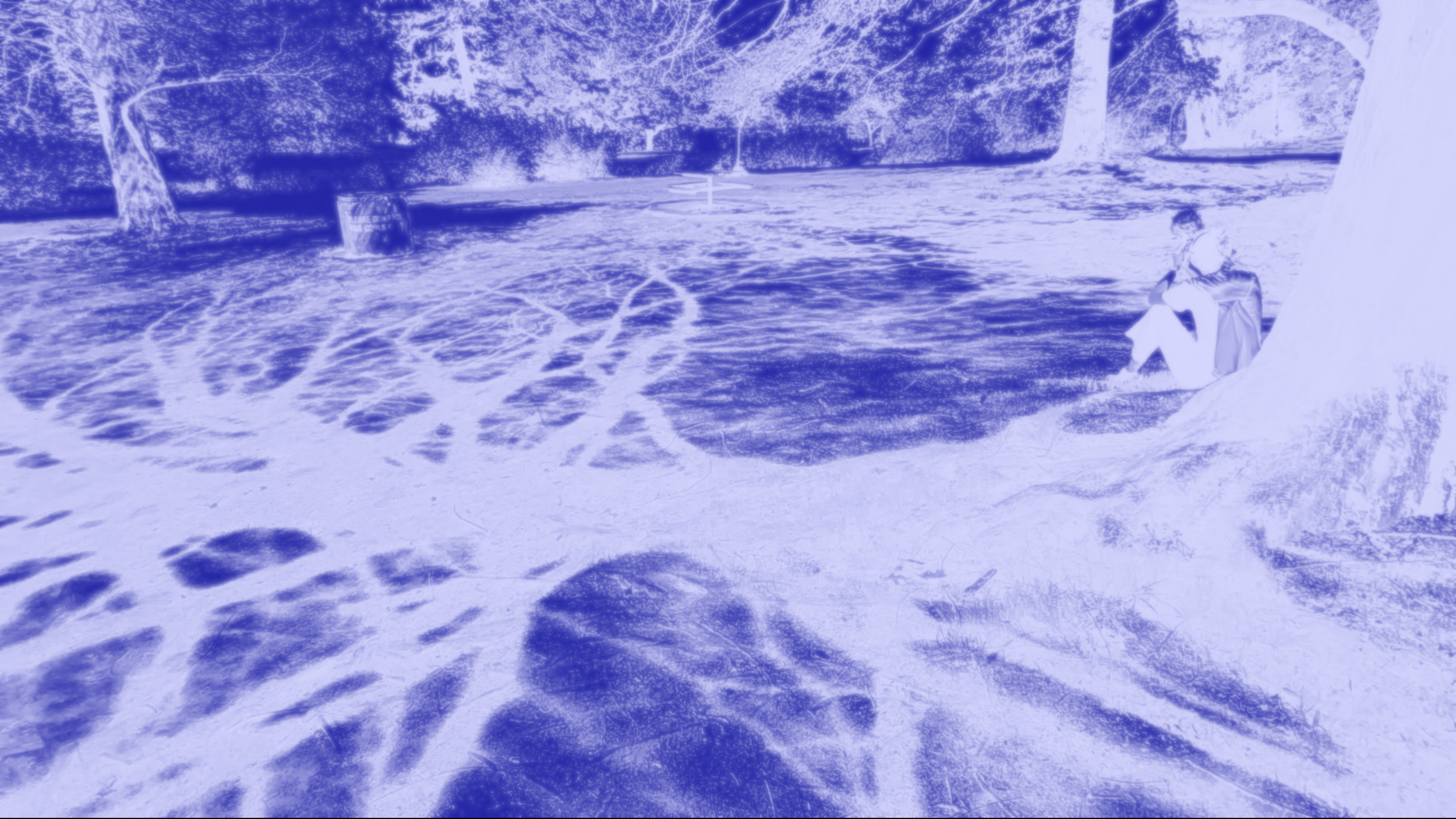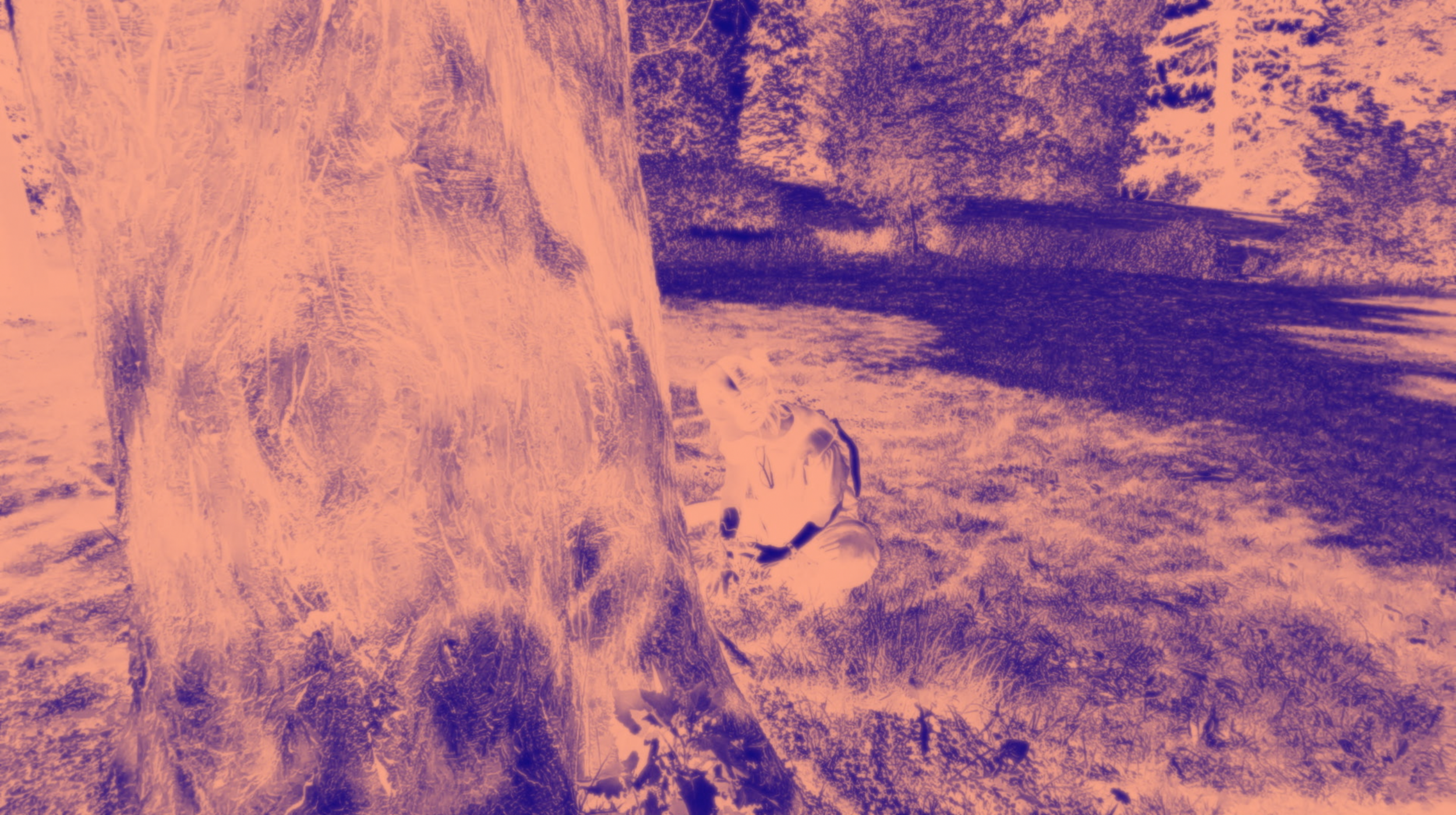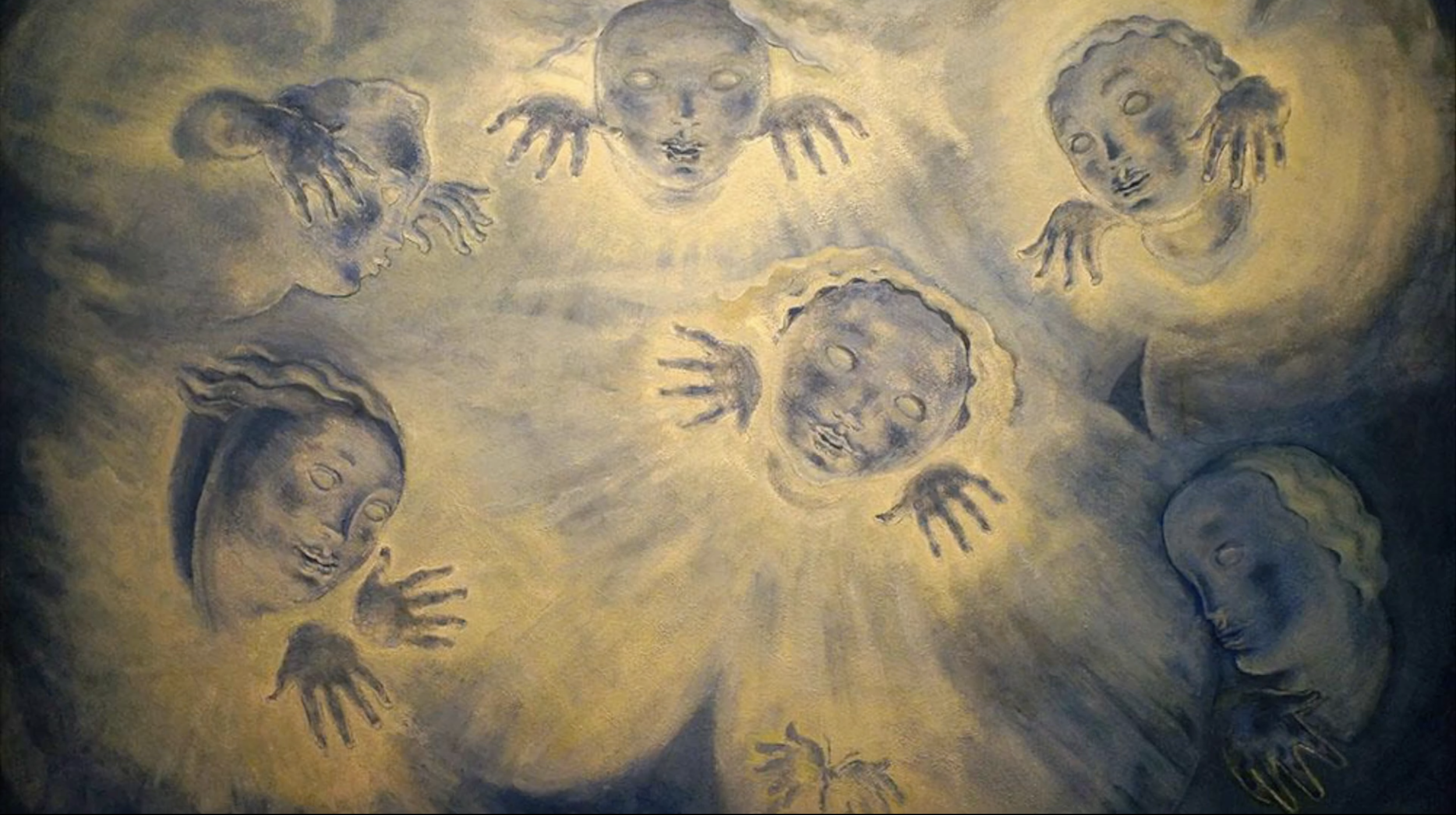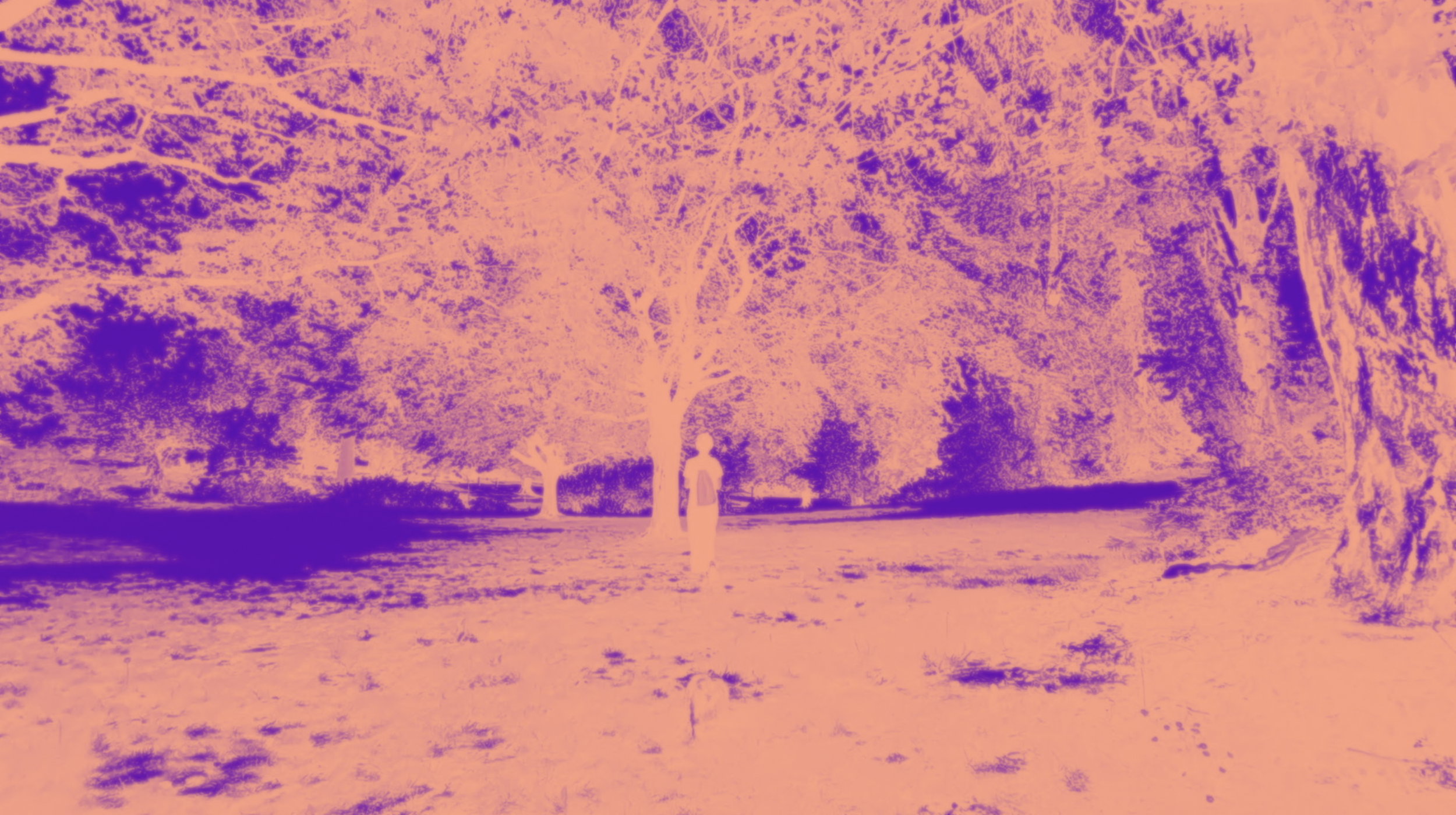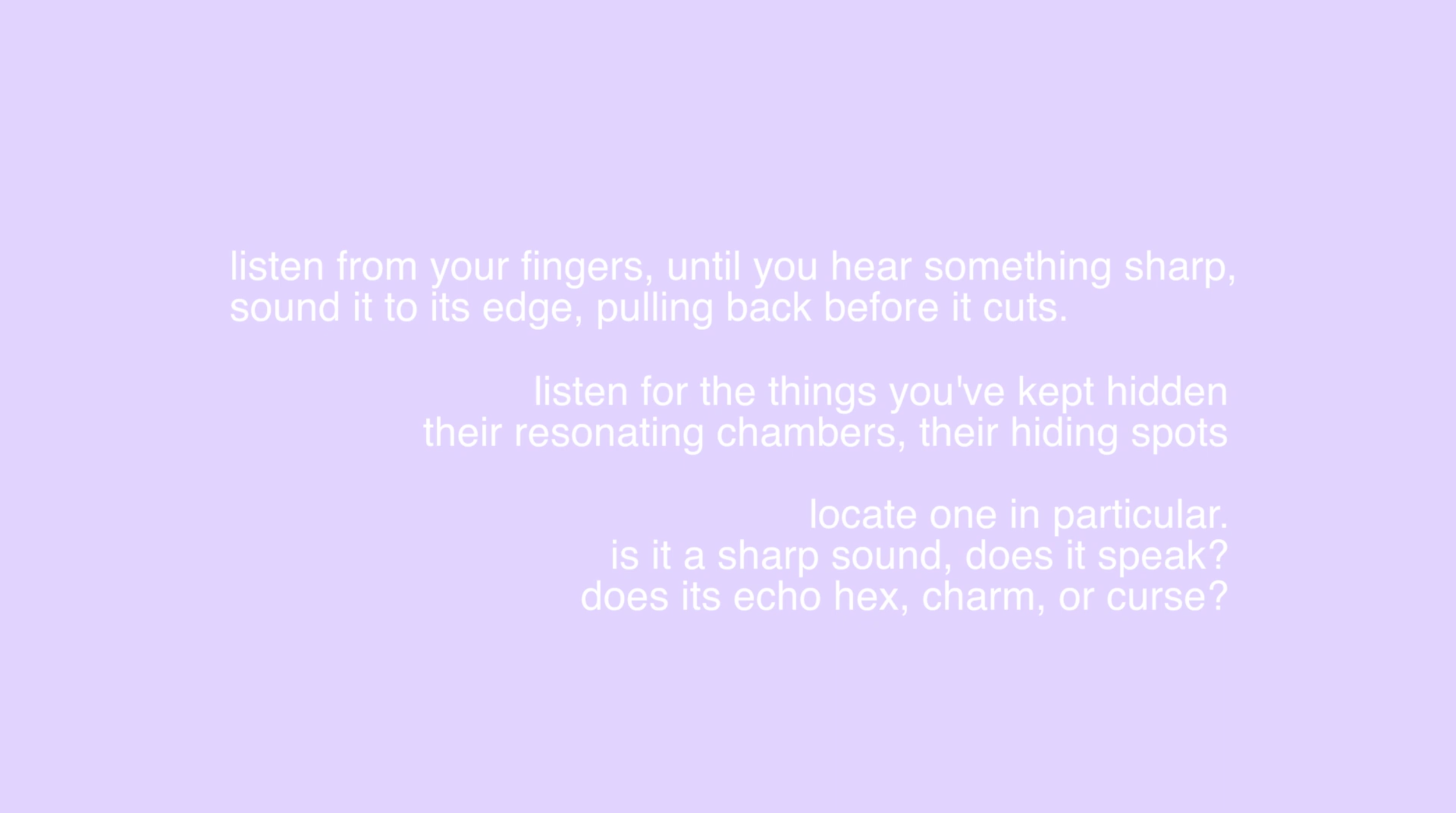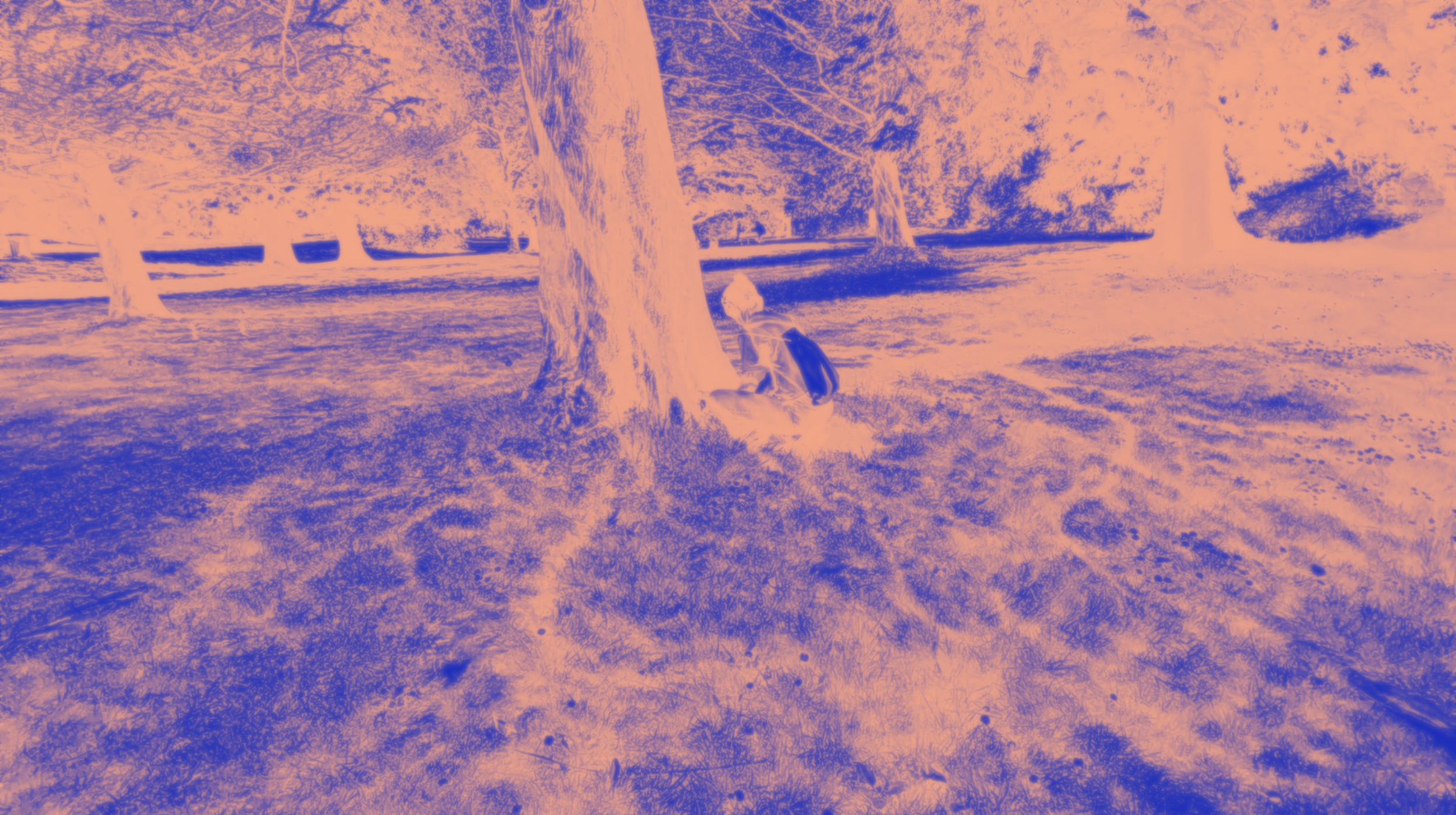Presented as part of The Pandemic is a Portal
@sfugalleries
In Violet Air (2020) is an audiovisual meditation on virtuality, dissociation, the generative possibilities of zones of crisis, and alienation. In a search for mystery and collective ritual in an unreal city, Mackenzie and her quadruped companion moved through newly strange landscapes, drawing from the traditions of Hildegard Westerkamp’s soundwalks, Janet Cardiff’s audiowalks and Pauline Oliveros’s solo meditations, yielding their own speculative, synthesized, multi-dimensional traverse. In Violet Air was shot with an LG cell phone and recorded with a Zoom recorder, modular synth and digital instruments during phase one of Vancouver’s Covid-19 pandemic response.
The Pandemic is a Portal
June 22 - July 31, 2020
@sfugalleries
Simranpreet Anand, Anna Banana, Vanessa Brown / Francey Russell, Lacie Burning, Margaret Dragu / Justine A. Chambers / Kage, Lucien Durey, Jessica Evans, Elisa Ferrari, Sharona Franklin, Michelle Helene Mackenzie, Megan Hepburn, S F Ho, Julian Yi-Jong Hou, Hazel Meyer, Cindy Mochizuki, Cecily Nicholson, Carmen Papalia / Heather Kai Smith, Jacquelyn Zong-Li Ross, Jayce Salloum, and Nicole Kelly Westman.
In this time of shared crisis it is necessary to renounce a return to normalcy — which was already a catastrophe for so many — and to move towards an otherwise world, one rooted in care.
Drawing from the thinking of Arundhati Roy, The Pandemic is a Portal considers what is changing about our social and political realities, and what futures our responses move us toward:
Historically, pandemics have forced humans to break with the past and imagine their world anew.
This one is no different. It is a portal, a gateway between one world and the next. We can choose to walk through it, dragging the carcasses of our prejudice and hatred, our avarice, our data banks and dead ideas, our dead rivers and smoky skies behind us. Or we can walk through lightly, with little luggage, ready to imagine another world. And ready to fight for it.[1]
In sharing news of the galleries’ closures in mid-March, we reiterated our commitment to gathering publics in ways that engage with our social and political environments as historical inheritances, contemporary realities and speculative futures. We also expressed a desire to use these distanced times to critically interrogate how we form community, who we form it with and how we can do better. If we accept Roy’s proposition, that the pandemic is a portal, then how can our responses to this time prepare the ground for forms of community to come — forms that are more just and more unsettled than the forms of community we’ve left behind?
